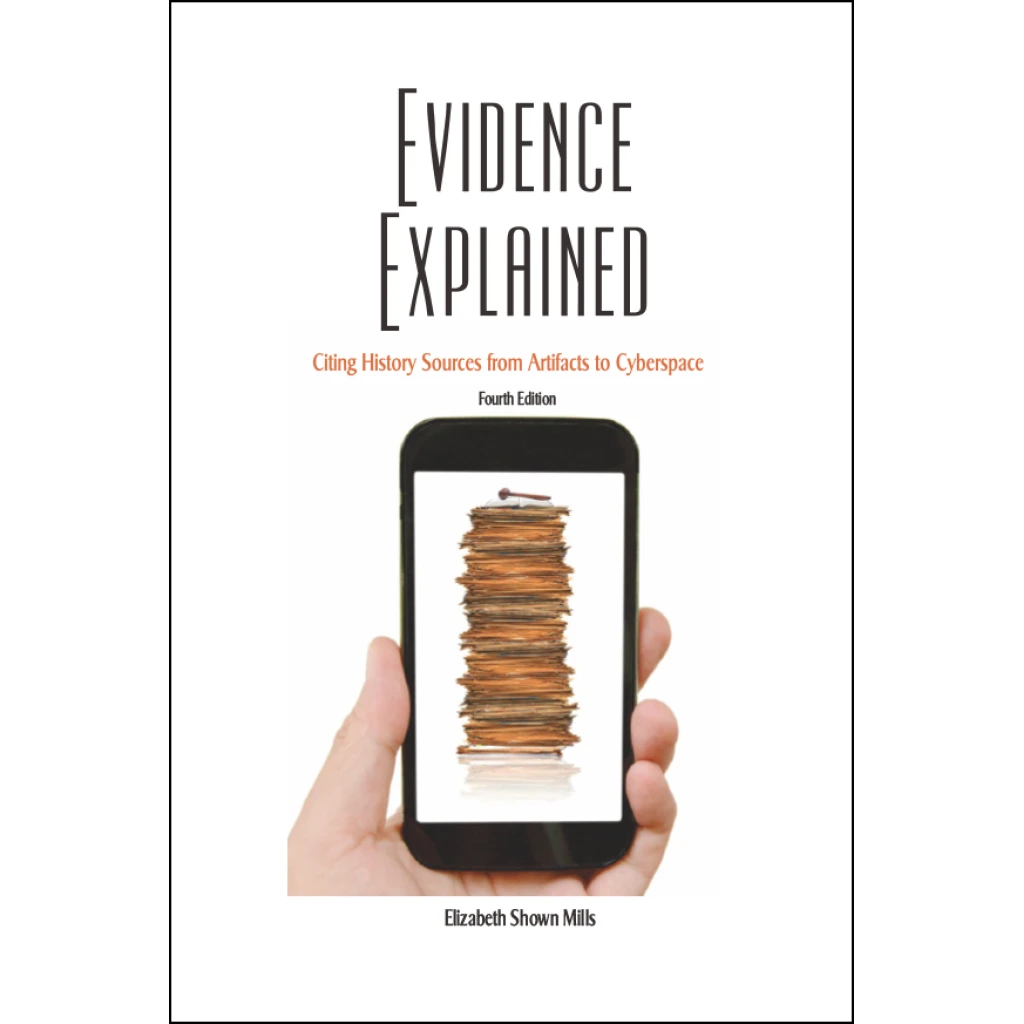Recently, I wrote about the
perils of researching my young 1c2r Pauline
Jacobs (abt 1901-1907).
When Was Pauline Born?
I didn't know exactly when this little girl was born, although I knew she was born in New York City.
Several possibilities turned up when I initially searched Ancestry and the Italian Genealogical Group (see results excerpt below).
After seeing this list, I theorized that my Pauline Jacobs was born on June 26, 1901. The birth date fit quite well with what I knew from her death cert. Still, the bare-bones index or even a quick transcription wouldn't be enough to prove or disprove this theory. I needed more details, available on the full/original birth certificate, to more definitively prove a match--such as the parents' names and birthplaces, their home address, etc.
Not my Pauline Jacobs
When I obtained the actual cert (excerpt is shown at top), I noticed that the parents' names do not match what I know about MY Pauline. Here the mother's name is Pauline Uhle, but MY Pauline's mom was Eva Micalovsky. Same goes for the father's name on this birth cert, not a match for MY Pauline. Father's occupation is not what I know of Pauline's father, either. Parents' birthplace differs from what I know.
Moreover, my Jacobs ancestors didn't live on West End Avenue in Manhattan (the address on this cert) and probably didn't even know anyone there; West End Avenue is quite far from the Lower East Side where the Jacobs family lived in this period. Looking at all the discrepancies, I'm confident this is NOT my cousin Pauline. The details don't match what is already known from other documents.
Theory disproved, next steps
After ruling out June 26, 1901 as Pauline's birth date, I redid my search to see whether there were other possibilities. This time I used the Germany Genealogy Group's database page, which checks volunteer-transcribed birth indexes from New York City.
The results shown here include a Pauline E. Jacobs born in May of 1899, but I'm not even tempted to look at her cert. Why? Because my Pauline was NOT in the Jacobs household according to the 1900 Census. That year's Census was taken on June 1. The Pauline E. Jacobs in the search results was born in 1899 and I strongly believe my cousin Pauline was born after the 1900 Census.
One big reason I think Pauline was born after mid-1900 is because Eva Jacobs told the enumerator she had 5 children in all but only 4 were living. All four were named in the Census listing and I know them all. So far, no good possibilities for a birth cert, but I'll keep looking.
Who's in the plot?
Knowing that Eva and Joseph Jacobs had lost a child before the 1900 Census, I took a little side trip looking for a child's death cert from before 1900.
I clicked to the "interment search" on the website for Mount Zion Cemetery in Maspeth, NY, where the Jacobs family is buried in the Plungianer Society plot. Doing a search for any "Jacobs" in that plot I found Annie Jacobs, who was buried in that plot on February 1, 1896 according to the cemetery's website.
Family Search shows a death index record of a one-year-old girl named Annie Jacobs on February 15, 1896, with burial on February 16, 1896 in Mount Zion Cemetery. Parents are Joseph and Eva Jacobs. With the theory that Annie Jacobs was the missing baby lost before 1900, I asked a kind parking lot angel to pull Annie's death cert image for me to examine more carefully. So grateful to these volunteers for their assistance!
Not all details fit . . .
Sadly, I saw on the death cert that this Annie was only 13 months old when she died of bronchitis, with contributing causes of rubella and "brain congestion."
The cert says her parents were Joseph Jacobs and Eva (no maiden name, darn it!), both born in Germany (supposedly). Address was a tenement on West Third Street, close to the Lower East Side.
Doctor Oscar Smith, who signed the death cert, lived around the corner. Since he wasn't at Annie's side when she died at 1 a.m. on February 15, according to his own statement, he might not have really known where the baby's parents were born, but made a guess based on their foreign accents. (I'm guessing about his guess now.)
Until I can locate a birth cert and get more info, I'm going to put Annie down as "very possibly" the daughter of Joseph Jacobs and Eva Micalovsky Jacobs--the child who passed away before the 1900 Census. I still need a bit more evidence, but most of the details fit AND she is buried close to her parents in the cemetery, which helps to support but not prove my theory. Yet.

































